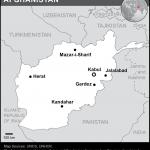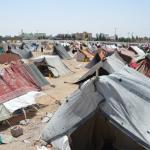

April 2020
The scale, severity and complexity of needs for emergency and transitional shelter remains high, particularly among new and protracted IDPs who require core, supplementary and seasonal assistance, as well as longer-term support to rebuild their resilience. In 2020, 3.68 million people will either have shelter, NFI needs or require support to cope with the harsh winter season across 34 provinces in Afghanistan.
- 39 partners
- $85.5 M (2%) required (funded)
- 3.7 M / 1.1 M / 0.4 M people in need / targeted / reached

